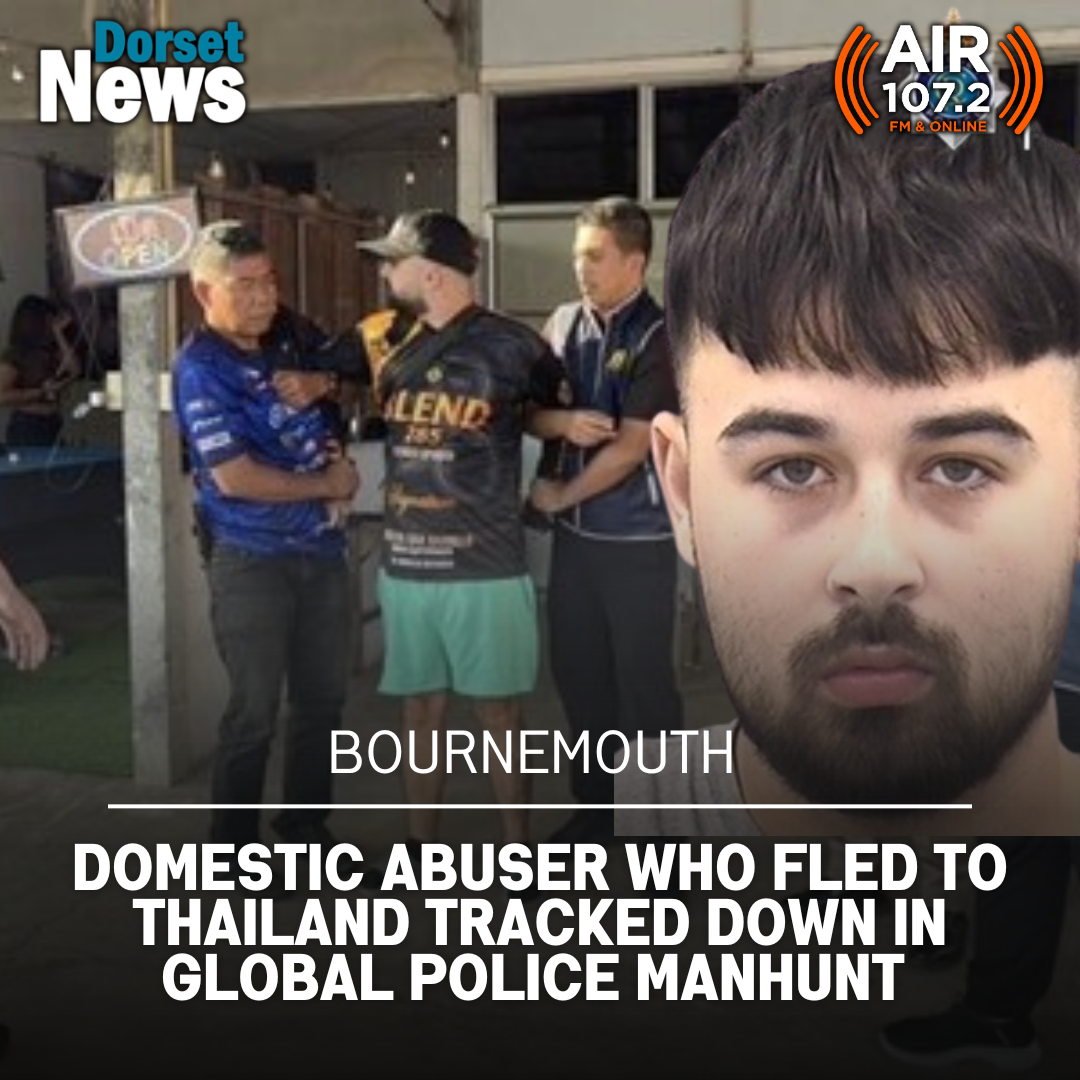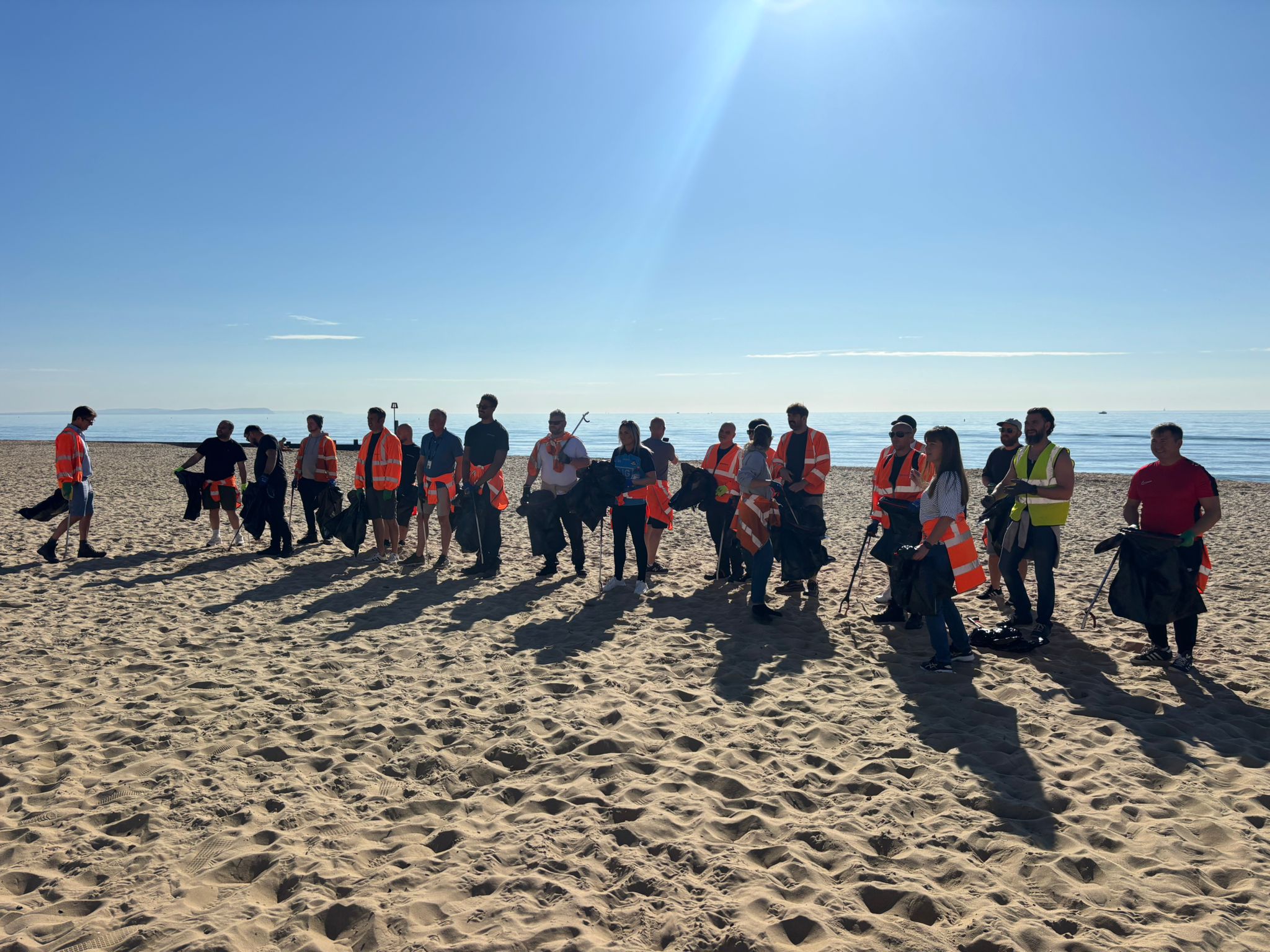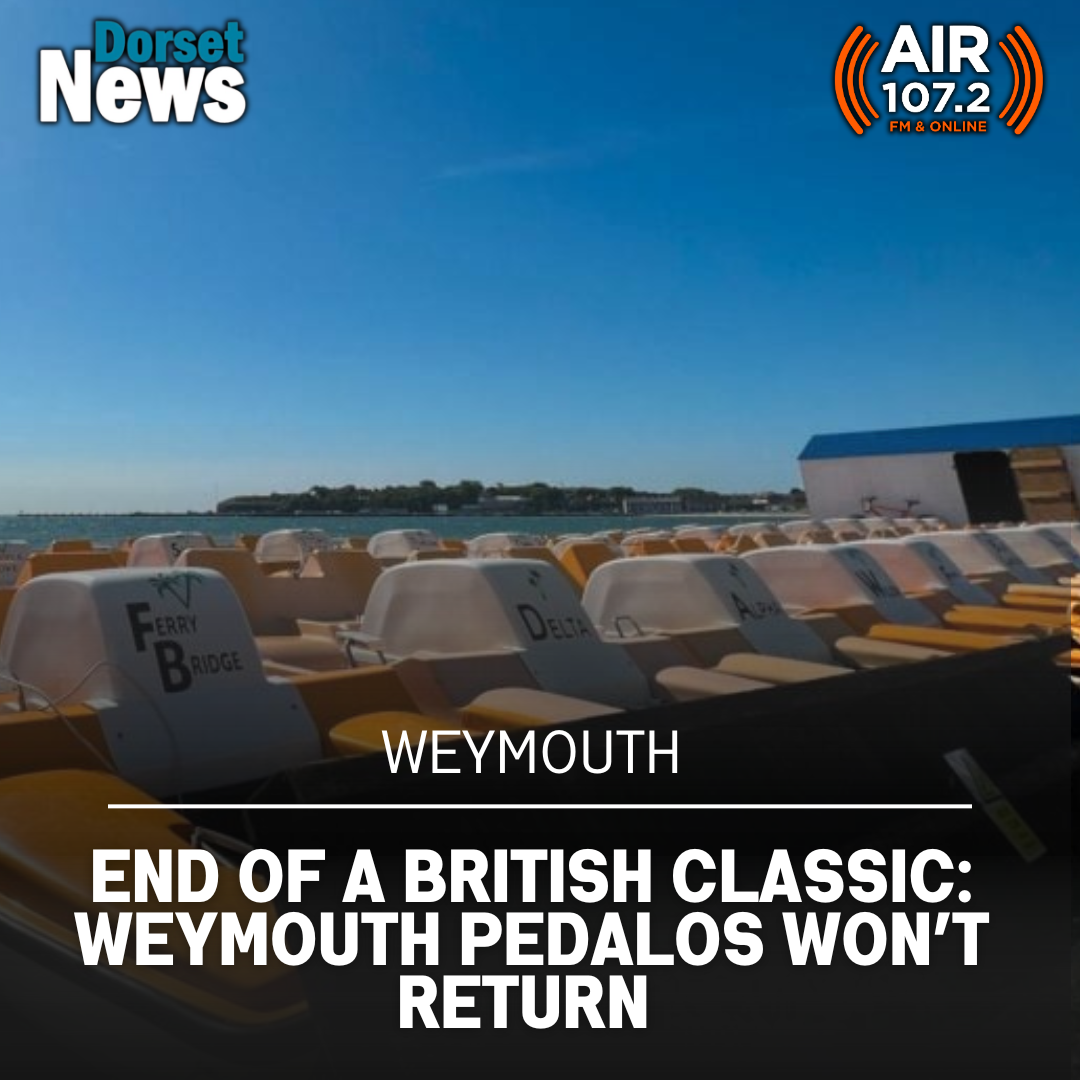Once a celebrated seaside resort, Bournemouth now sees itself squarely at the mercy of urban-style crime, unchecked anti-social behaviour (ASB) and a feeling among many locals that law and order is slipping. The question is: if crime is allegedly falling, why does public confidence keep eroding — and what will those in charge really do about it?
The Hard Facts
The overall recorded crime rate in Bournemouth is 96.20 crimes per 1,000 residents, significantly higher than the average for the Dorset Police force area (around 65.8 per 1,000).
Looking at specific localities, in the Bournemouth South area in July 2025 the top reported crimes were: ASB (223), violence & sexual offences (215), shoplifting (87).
According to the David Sidwick (Police & Crime Commissioner, PCC) for Dorset: knife-crime offences are down 9 % this year and the region is among the five lowest nationally for knife-crime.
The PCC has also publicly challenged media accounts that portray Bournemouth as “overrun”, stating violent crime, sexual assault and ASB in the town centre have fallen since 2021.
Reality Check & Public Mood
There’s a disconnect here: the statistics show reductions (or at least improvements) in many categories, yet residents and businesses say they feel less safe.
Right-leaning observers (and many on the ground) argue this is because of five linked issues:
1. Low tolerance for visible disorder — Even if overall crime dips, large numbers of ASB incidents (which drive fear) remain. Bournemouth’s ASB is among the highest compared to national averages.
2. Night-time economy pressures — With nightlife, tourism and a busy town centre, the volume of visitors creates extra opportunities for crime and disorder.
3. Shop theft / retail crime surge — Across England & Wales retail theft is rising rapidly, which puts pressure on local forces and businesses alike.
4. Resource / visibility gap — More crime in certain hotspots demands more visible policing, but budgets and manpower are strained.
5. Narrative vs. citizen experience — If official messaging says “crime is down” but someone is mugged, sees a drunken brawl on their street or watches repeated shopliftings, trust erodes.
The Authorities Are Telling Us This — But Are They Doing Enough?
The PCC says: “one person carrying a knife is one too many” and emphasises prevention & education with enforcement. But he does not say how many young people are diverted, how many weapons seized or track measurable outcomes.
The force has carried out targeted operations — for example, a joint train-station knife-crime operation in Bournemouth.
Yet, policy documents and public statements still rely heavily on broad figures (“crime down by X%”), not micro-outcomes.
If you believe in strong law enforcement, local accountability and empowering law-abiding citizens then Bournemouth deserves concrete commitments:
1. Street-by-street visible patrols — Especially in hotspot zones (e.g., Old Christchurch Road, the seafront, night-economy corridors). Not just “foot patrols done” but “we guarantee X patrol hours/week in Zone Y and publish results monthly.”
2. Retail crime crackdown — Shoplifting rising nationally (20 %+ up) means local forces must make the problem a priority. Opposition to “soft justice” for repeat offenders is vital. Set a target: “Within 6 months of arrest, 80% of repeat retail offenders face prosecution or banning order.”
3. Knife-crime zero-tolerance with measurable scale — The PCC is right that even one is too many. But we must ask: how many knives have been taken off the streets this year in Bournemouth? How many “stop & searches” by age, how many weapon-enabled crimes? For example, stop-and-search in Bournemouth shows a Black:White ratio of 3.9:1, raising questions about targeting and fairness.
4. Transparency and metrics — Publish detailed quarterly dashboards: by ward, by category (knife-crime, ASB, retail theft, violence), including outcomes: arrests, prosecutions, custodial sentences. We should not merely accept “crime down” – we demand “crime prevented.”
5. Empower victims & local businesses — Establish a “Bournemouth Business Crime Forum” with the council, the police and retailers, giving small businesses direct input on security, patrol prioritisation and active response. National trends show retail crime is at record highs.
6. Reassure communities — If the official line is “we are among the safest,” then show the evidence. Clear communication, local meetings, visible enforcement and data transparency will rebuild trust.
Bournemouth is not in total collapse—but nor is it immune to the same urban-crime pressures that many British towns now face. A right-leaning perspective would insist: law-abiding citizens deserve more than reassurances; they deserve action, accountability, and outcomes.
The authorities have made some moves. They say knife crime is down. They say violent crime is falling. But calls from residents and retailers paint a different picture—one of continued damage to daytime retail zones, repeated ASB, and visible signs of disorder.
The real question isn’t whether crime is rising or falling—it’s whether the people in charge are delivering. Will Bournemouth’s leadership shift from telling us what the statistics say, to showing us what they are doing, and what they will achieve in the next 12 months?
If they can’t, the message becomes obvious: the system is not being responsive enough to the lived reality of local citizens. And when law-abiding folks lose confidence, the fabric of community safety begins to fray.
Discover more from Dorset News
Subscribe to get the latest posts sent to your email.
















Leave a Reply